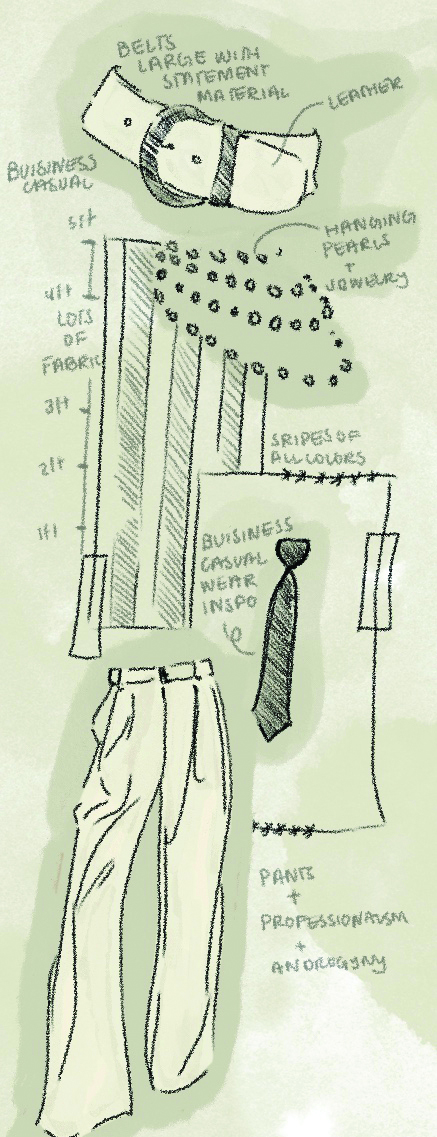
Ari ’14
Imagine living in the confines of a small cage. You have no control over any aspect of your life, no freedom to engage with other members of your species, and no space to stretch your legs. You are not permitted to choose how you spend your time or whether you’ll have children. You spend your days in isolation and loneliness, deprived of all basic rights and freedoms. You did nothing to warrant living this nightmare, yet you’ve been confined to it. Welcome to “life” as a subject of animal testing.
There is no such thing as cruelty-free or humane animal testing, as long as experimenting on living creatures involves their captivity. Millions of cats, dogs, primates, mice, rabbits, pigs, and other animals live in captivity in laboratories, craving simple freedoms such as socializing and moving freely.
Animal liberation activist Gary Yourofsky defines speciesism as the unethical, unprincipled point of view that humans have the right to exploit, enslave, and murder another species. To me, it seems glaringly evident that those who believe animal testing is by any means ethical are guilty of this prejudice.
Most biomedical research labs do not follow the existing meager Animal Welfare laws (local, state, and federal laws that protect animals’ rights) and perform tests that require animals to be poisoned, shocked, isolated, starved, drowned, and brain-damaged, all without the use of anesthesia or painkillers. As a result, the vast majority of animals used as test subjects develop neurosis, which they display by rocking, pacing, circling, self-mutilating, or hair-pulling.
Even man’s best friend is not exempt from cruelty. Aside from being a favored species in toxicology research, dogs are used for studies relating to human diseases and involved in tests such as those conducted by The Ohio State University’s George Billman, who, in order to study their tissues, made dogs run on treadmills until the dogs had heart attacks.
Even though mice and rats feel pain, loneliness, and joy just as much as dogs, cats, and rabbits, they are left out of the already measly federal Animal Welfare Act provisions that provide some small protection to other species. Mice giggle when tickled, and rats have been known to express empathy when a human or fellow rat exhibits distress.Yet, even after undergoing immensely painful and invasive procedures such as burn experiments, skull surgery, and spinal surgery, only about 20% of lab rats were given post-procedural pain relief. Experimenters aren’t even required to keep track of how many mice and rats die during experimentation.
A few alternatives to animal testing include in-vitro test methods and models based on actual human cell and tissue cultures, computerized patient-drug databases and virtual drug trials, stem cell and genetic testing methods, micro-dosing, and non-invasive imaging techniques such as Magnetic Reasoning Imaging (MRI) and computed tomography (CT scans). Even though skin corrosivity and irritation are easy to measure with the aid of three-dimensional human skin equivalent systems like EpiDerm and SkinEthic, rabbits are still tormented daily with eye irritancy tests and skin corrosion tests.The number of repulsive procedures performed each day in the name of human benefit fills me with a combination of sadness and anger. The idea that anyone could ever deem animal testing just is incomprehensible.
Sonia ’14
Polio. Diabetes. Whooping cough. AIDS. Breast, cervical, and prostate cancer. Diphtheria. Rubella. Parkinson’s disease. Malaria. Down’s syndrome. Muscular dystrophy. These are just a few of the potentially lethal diseases for which advances in medical research and treatments have been developed in part because of animal testing.
No drug is risk-free, and as such, animal testing is necessary in order for medical personnel to be able to evaluate the safety of a product and ensure the health of humans.
Professor of Neuroscience at the University of Oxford and the University of London Colin Blakemore argues that some alternatives to animal testing are helpful, but they do not suffice in providing all the necessary information to researchers. First and foremost, he clarifies,
“Where there are reliable alternatives, of course, we use them—that’s what the law demands. Magnetic resonance imaging, computer models, and work on isolated tissues and cell cultures can be useful, but they cannot provide the answers that animal research can.”
He goes on to say that the biological similarities between mice and rats and humans make the use of these animals more valuable than the aforementioned techniques, explaining why rodents make up 87.5% of all laboratory animals. Because of their genes, which are similar to the genes of humans, rats and mice respond to diseases and treatments in many of the same ways that humans do. Without animal testing, the scientific community would find it more difficult to provide medications to the people who need them.
The real issue is not whether we should end animal testing, but rather how research facilities can improve the manner in which they test in order to reduce the number of animals on which they experiment. Facilities should take strides to perfect their currently flawed policy of Replacement, Reduction, and Refinement, the guidelines stating that non-animal methods of testing should take precedence over animal ones.
If the policy is followed, the smallest number of animals should be tested, and the testing should be refined in a manner that reduces any suffering on the part of the animal. Efforts should be made to ensure that we follow through with this protocol.
Those who do not agree with the principles behind animal testing have the option to refuse treatments and procedures that have been tested on animals. Another alternative would be to conduct tests on humans, but this would pose what Northern Star journalist Nathan Fulkerson argues are“far greater ethical concerns in the course of scientific tests than purposefully-bred lab mice.”
Botched experiments with negative results could follow a human for the rest of his or her life. He or she could be ostracized from his or her community for physical deformities or mental handicaps. The comparatively long life span of humans means that human test subjects would have to suffer the reverberations of testing for decades. Therefore, I maintain that Fulkerson said it best when he wrote, “Until then, mice will have to suffice.”















